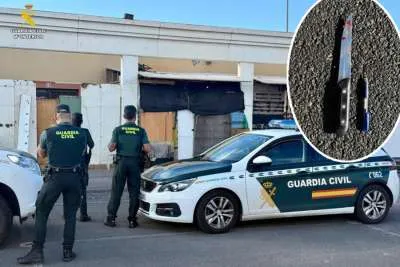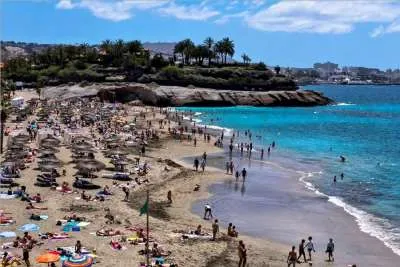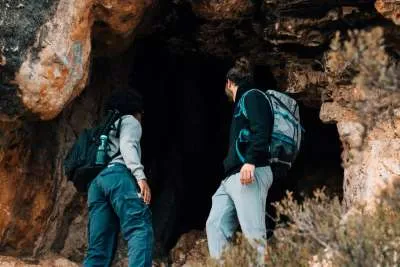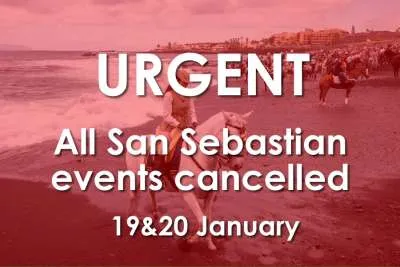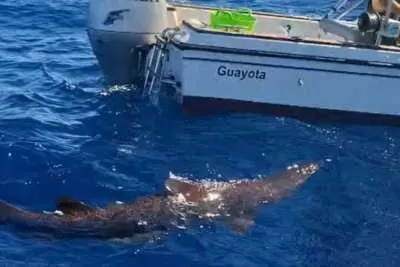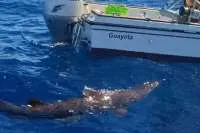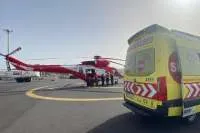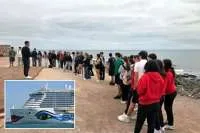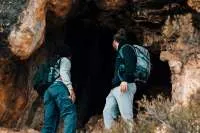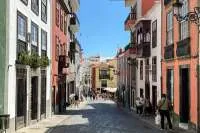Will Gran Canaria move to Level 4 restrictions?
- 03-02-2021
- Gran Canaria
- Canarian Weekly
The restrictions imposed on Lanzarote and Gran Canaria, the islands worst hit by the virus during this third wave, are making themselves felt on the epidemic curve, but not as strongly or quickly as we’d all like. In Lanzarote, the average number of daily infections over the last week has been 70 cases compared to 79 the previous week, but in Gran Canaria the average number of infections is staying around an average of 125 per day.
“For now we must continue with the restrictions. From a professional point of view, they should be maintained until a clearly downward trend is observed," explained the head of Epidemiology for Public Health in the Canary Islands, Amós García Rojas.
The epidemiological situation has not shown much variation as yet. The indicators continue to indicate a very high risk of contagion in Lanzarote, and high in Gran Canaria, so both islands must at least maintain current measures against Covid for another week, and if necessary, Gran Canaria should move to Level 4.
In Lanzarote, yesterday the accumulated incidence rate (IA14) at 14 days stood at 682 cases per 100,000 inhabitants, which represents a significant reduction compared to the 800 points that it reached on January 25th. However, the island needs to register an IA14 of less than 250 to lower the alert to Level 3.
In the case of Gran Canaria, where the Level 3 restrictions came into force on January 18th, the epidemic curve has slowed its rise and stabilized, but hasn’t yet shown a decline in infections. In fact, the rise of infections in Gran Canaria, which began in mid-December, came to a halt on January 22nd with an IA14 of 210, since then the curve has only been growing slowly and yesterday was 226 cases per 100,000 inhabitants.
“There is a differentiating nuance between the two islands. Level 4 measures have had a clear impact on the level of the pandemic in Lanzarote and a downward trend is being seen,”explains Amos who assures that in Gran Canaria the measures, not as harsh as those in Lanzarote, have stabilized the rise and its prolongation should cause a decrease in the number of infections.
In this sense, he appealed for patience, highlighting that the effects of the restrictions are not immediate, as was found in Tenerife where the transmission of the virus began to plummet as of December 23rd, although the virus containment measures were applied on the island on November 13th.
“You have to give time for the restrictions to take effect. Two weeks has never been enough, they have had to be extended for another two weeks due to the profile of the interventions. Everything takes time. There is always a queue of infected, secondary cases of active cases that you do not have. When there is a certain incidence of cases that are beginning to be controlled, it turns out that they have infected others", explains the epidemiologist who insists that the measures have been shown to be effective in controlling the pandemic in both Lanzarote and Tenerife.
Regarding Gran Canaria, García says that the restrictions will have to start showing results or they will be increased. "It is one thing to stop the infections growing, now they need to decrease," he added.
The Canary Islands as a whole currently has a seven-day cumulative incidence of 87.2 cases per 100,000 inhabitants, which places the community at a high risk level, as well asan occupancy percentage of ICU beds from Covid of 16.8%. Lanzarote has 50% of its ICU beds occupied with Covid patients, and Gran Canaria with 17.7%, exceed that average. In any case, the archipelago is the community with the best epidemic situation in the whole of Spain.










